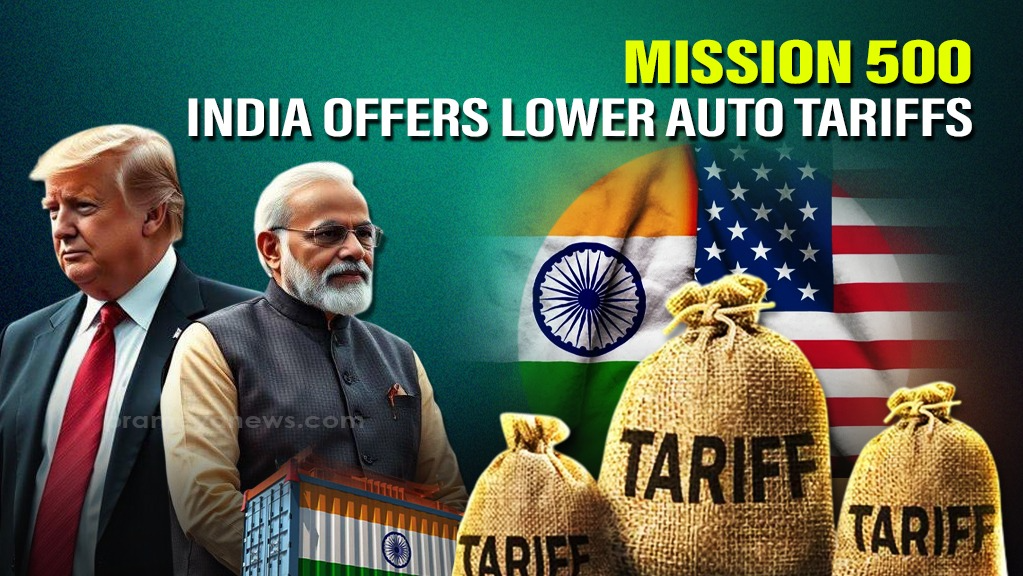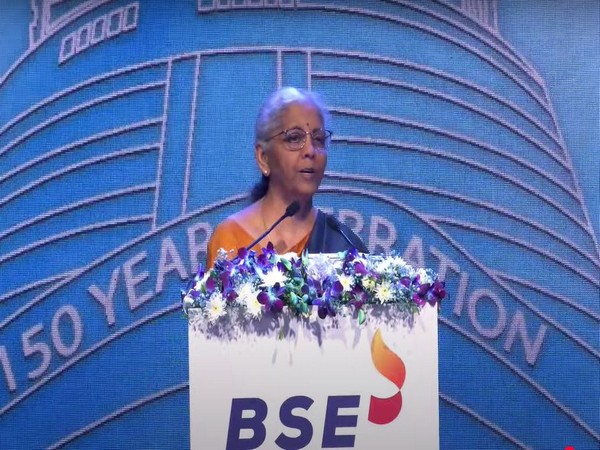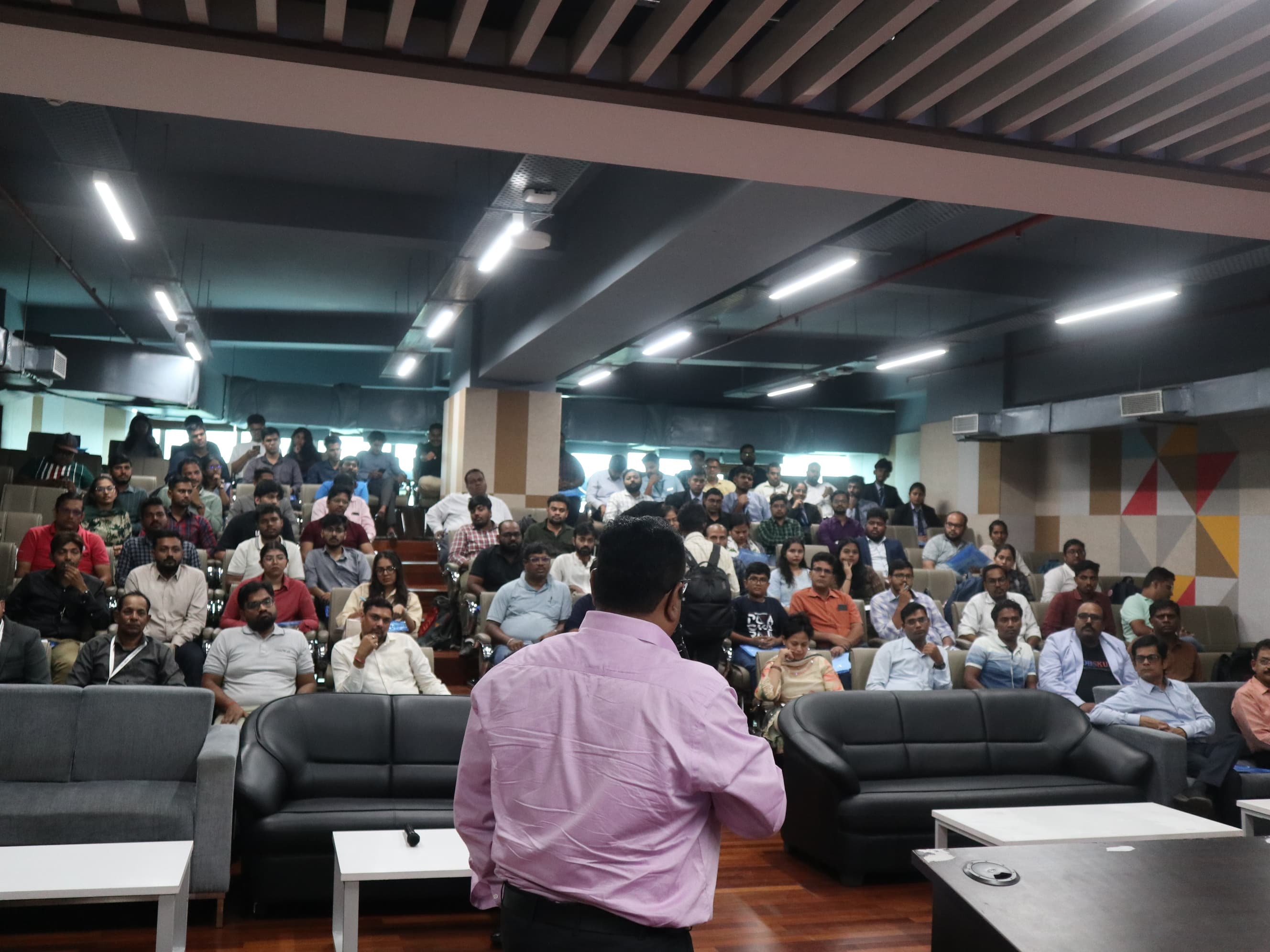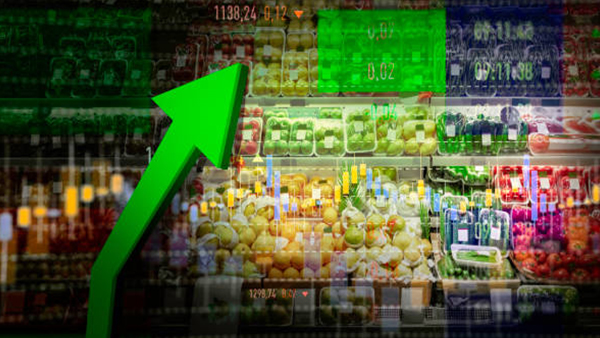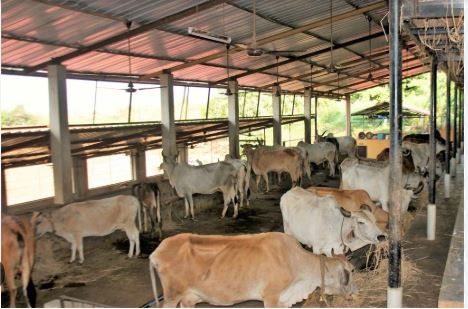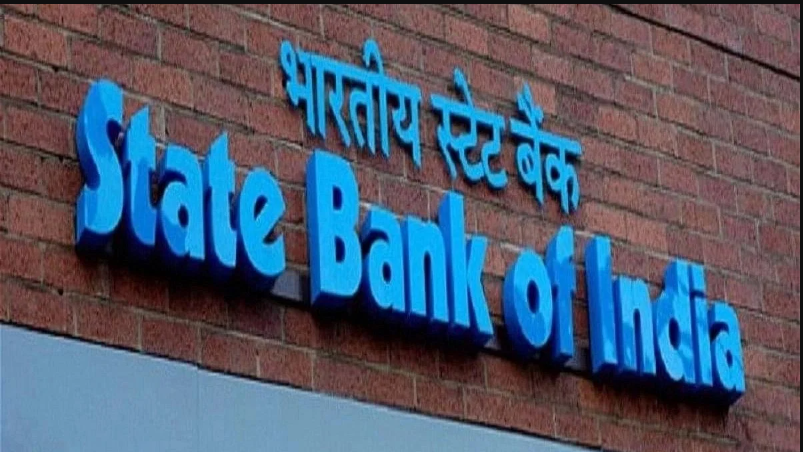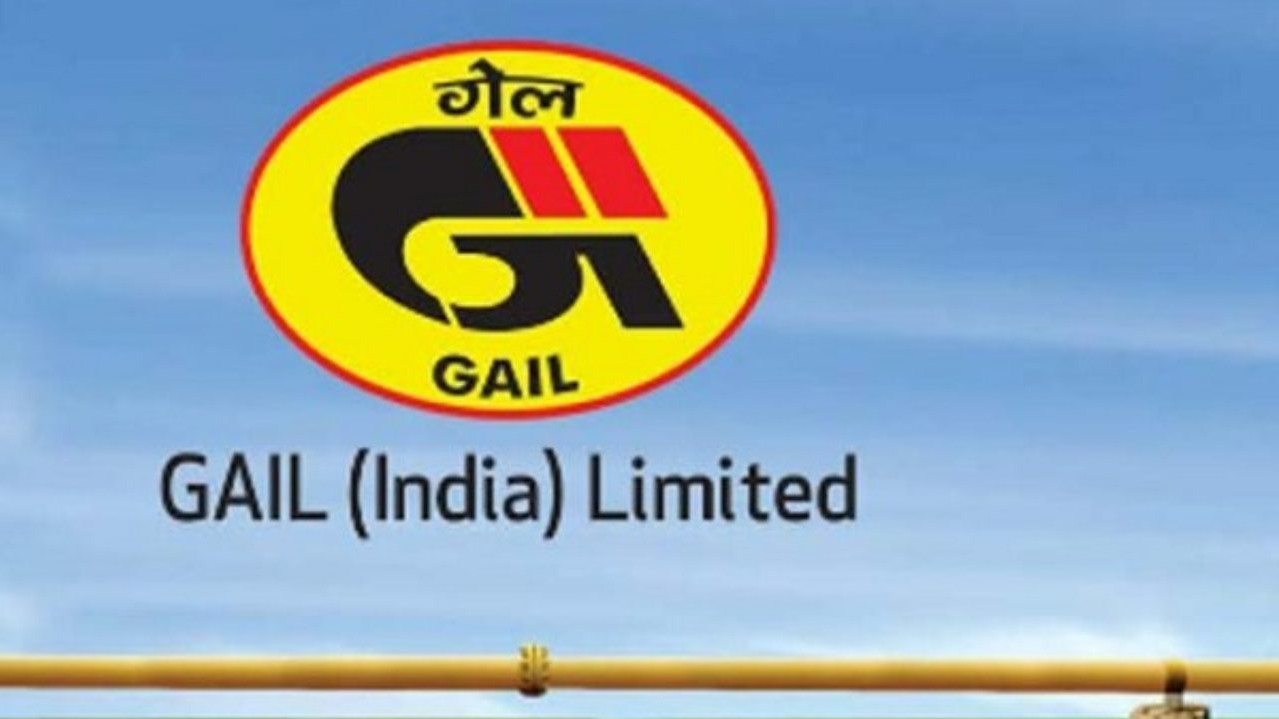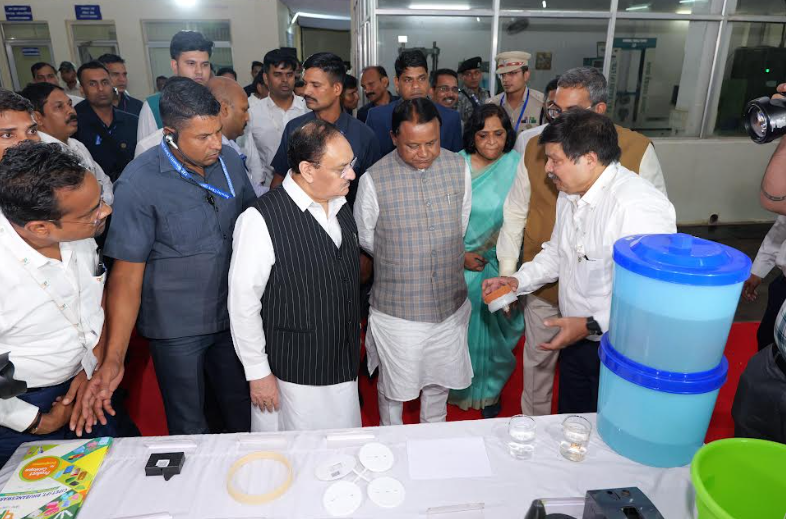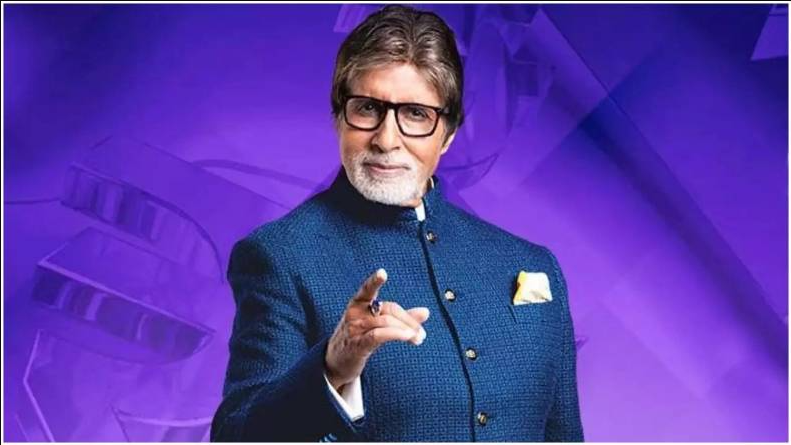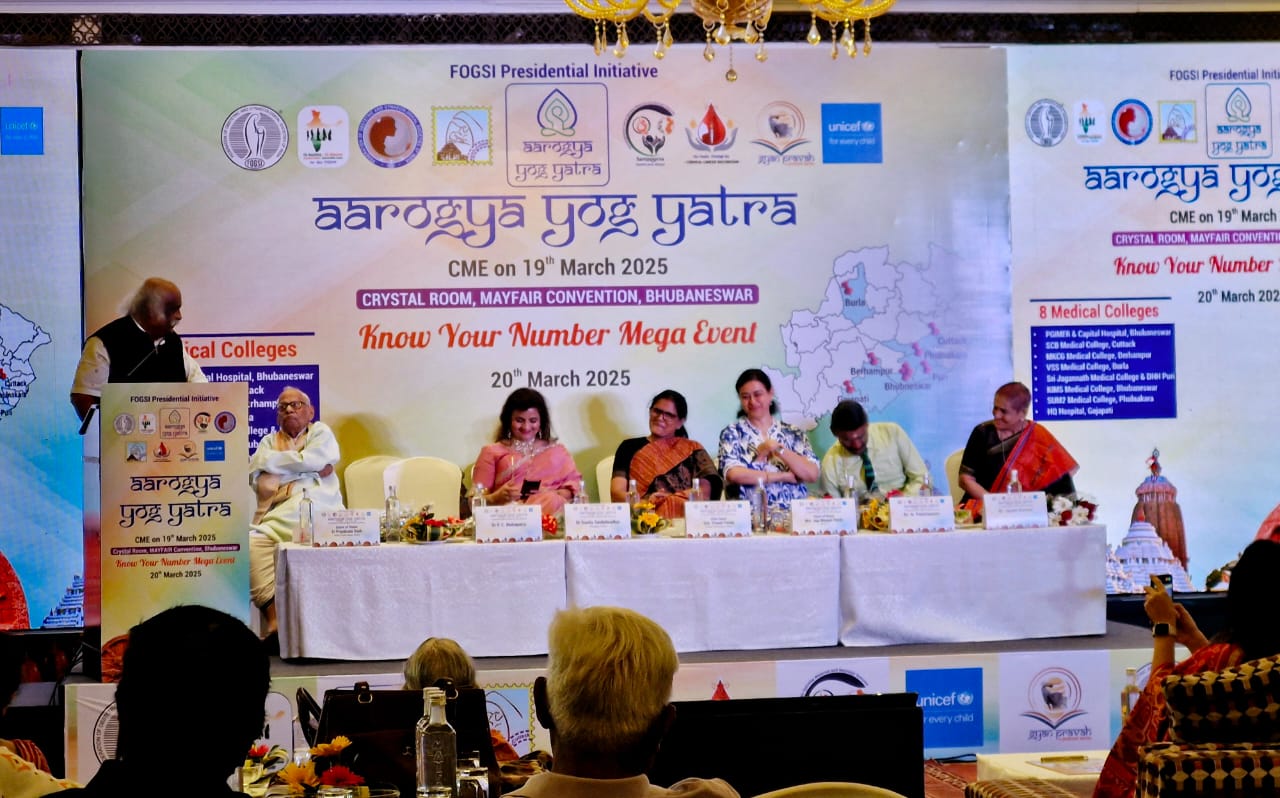India-US Trade: Autos vs. Agri
Negotiations between India and the United States for a bilateral trade agreement (BTA) appear to be gaining momentum, with officials reportedly fast-tracking discussions. A key potential compromise emerging involves India possibly agreeing to lower its tariffs on imported automobiles from the US, provided Washington agrees to keep certain Indian agricultural products out of the negotiation framework.
The Core Negotiation Point
Agriculture remains a highly sensitive sector for India. India might offer concessions in the automotive segment, where the US has sought greater market access, in return for safeguarding its key agricultural interests. This strategic position reflects India's determination to protect vulnerable domestic sectors, a stance reinforced by its withdrawal from the Regional Comprehensive Economic Partnership (RCEP) in 2021 due to its concerns for the farmers and the dairy industry.
"There will be no trade deal with the US if it is not a win-win," one government official emphasised, highlighting the need for mutual benefit. Another source mentioned ongoing daily meetings between India's finance, agriculture, and commerce ministries to finalise positions, including calibrated lists of items for exclusion and proposals for phased tariff reductions over five to seven years. This approach aims to balance market access for the US with adequate protection for India's critical sectors.
"Mission 500"
These accelerated trade talks are part of a larger ambition dubbed "Mission 500," established during Prime Minister Narendra Modi's US visit in February 2025. The goal is to double the bilateral trade volume between the two nations to $500 billion by 2030. Officials are reportedly working towards agreeing on a first draft of a multi-sector BTA ("first tranche") by August-September 2025.
Existing Tariffs and Concessions
The negotiations occur against a backdrop where the US has previously flagged India's high import duties across various sectors. A recent US report pointed out steep tariffs on items like motorcycles (50%), automobiles (60%), certain agricultural products like walnuts and coffee (100%), and alcoholic beverages (150%). While acknowledging these concerns, India has previously made some concessions, such as reducing tariffs on US apples, walnuts, and cranberries, but remains firm on protecting its core agricultural base, with exports worth $6.04 billion to the US in calendar year 2024.
The Balancing Act
The current phase of India-US trade negotiations highlights a delicate balancing act. India appears willing to consider lowering barriers in sectors like automobiles, a key US interest, but is leveraging this against the critical need to protect its domestic agriculture. Achieving the agreement by August-September timeline will depend on finding a win-win situation and "Mission 500" trade objectives.








